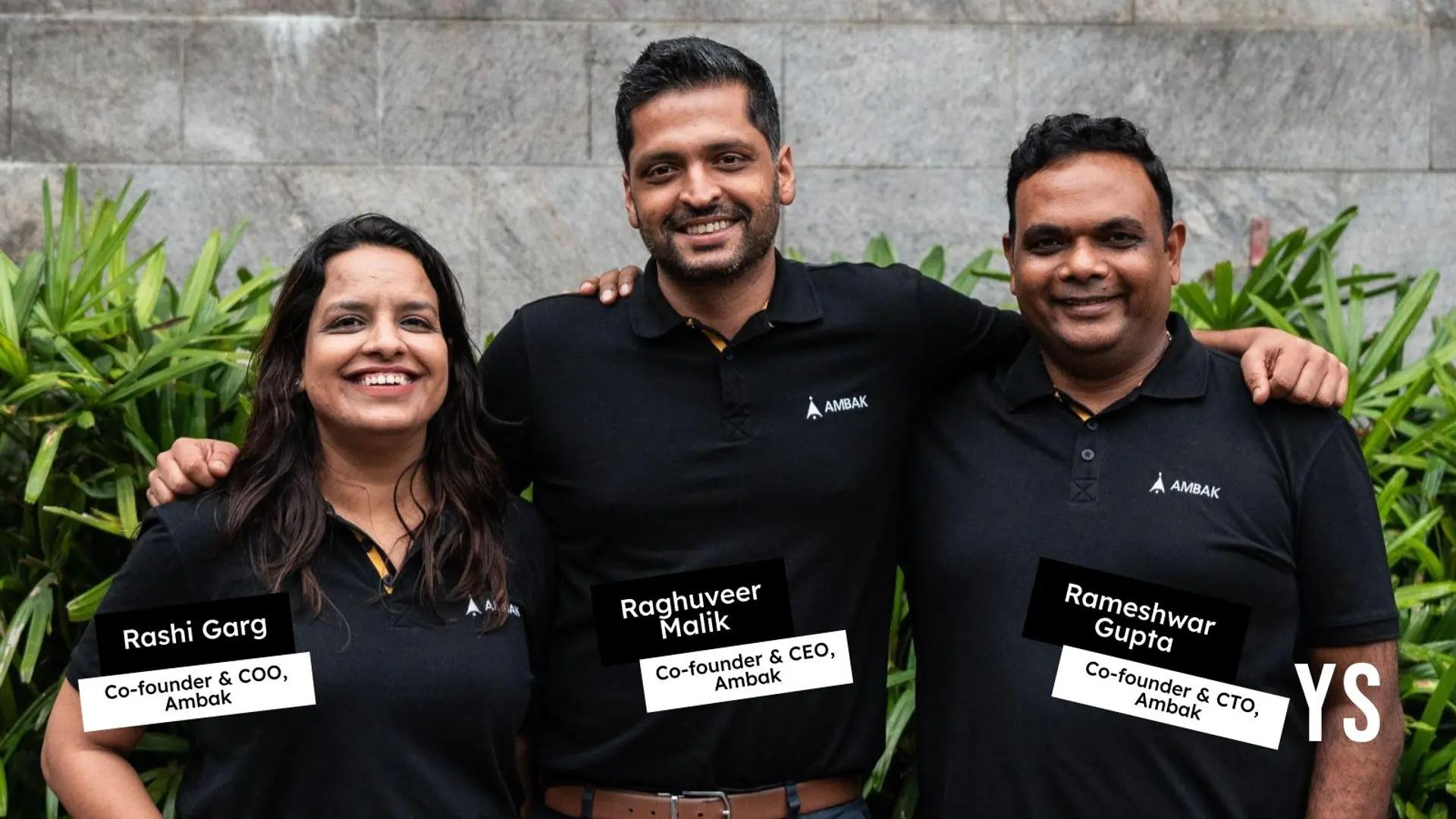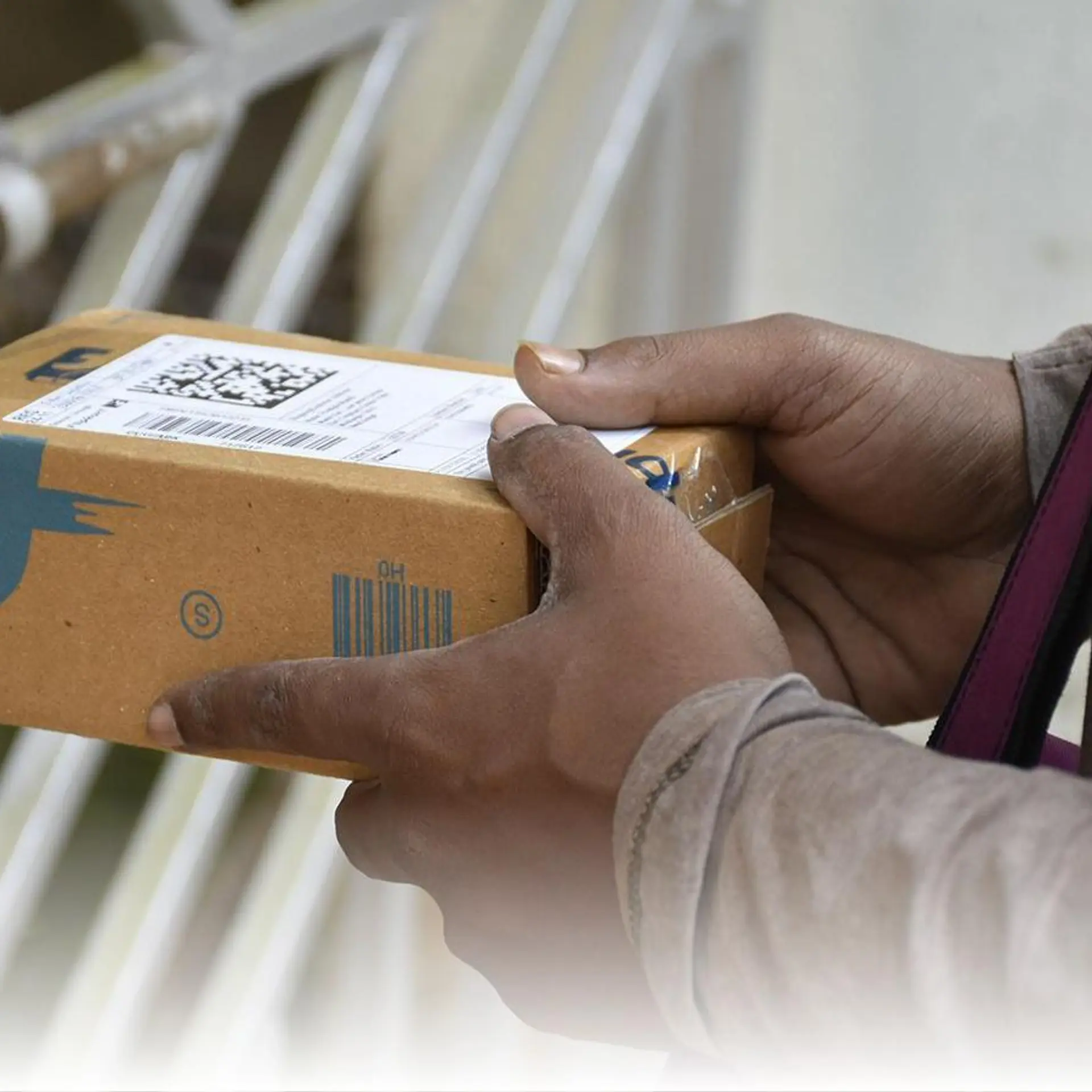Mobile social entrepreneurs need to master alignment and alliance strategies

With the increasing penetration of mobile phones in India, social enterprises and NGOs can use mobiles not just for information dissemination and gathering, but in engagement strategies for frontline activists. This calls for effective alliance strategies with industry players, according to speakers on the second day of a consultation in New Delhiby UNICEF India along with the Digital Empowerment Foundation (http://defindia.net/unicef-india-consultation).For example, the HealthPhone datacards pre-loaded with healthcare content for mothers are designed to address the pitiful situation of India having the largest number of first-day deaths of babies in the world (followed by Nigeria, Pakistan, China, DR Congo), according to Nand Wadhwani of the Mother&Child Health and Education Trust in Mumbai.
HealthPhone is a personal library of images, audios and videos on a micro-card for use on any smartphone. Content partners include UNICEF, Riddhi and the National Rural Health Mission. Video content is in 50 languages, including 15 Indian languages. This educational material helps reduce dependency on training and resource institutions.
The CommCare service developed by Dimagi Health Solutions (NEEDS) in Jharkhand also enables information sharing between community health workers to reduce neo-natal deaths. Executive director Murari Choudhary said the MfM (Mobilefor Mother) app in Hindi is used for training, data collection and quick follow-up to resolve errors. The service has helped increase in nutritious food intake by mothers, and more usage of mosquito nets as a health precaution.
The Nokia-Arogya mDiabetes programme is aimed at behaviour change to prevent diabetes. More than 20% of Indians have at least one chronic disease.Indiahas 50 million diabetes patients, with over 1 million deaths per year as of 2010, according to Sandhya Ramalingam, program evaluation head at Arogya World. The delivery partner for mobile alerts and health tips is Nokia Life, and the content is available in English and 11 Indian languages.
The project Mobile Kunji by BBC Media Action also addresses change in maternal behaviours via mobiles in Bihar. Project director Priyanka Dutt said mobiles are used along with mass media, community mobilisation and inter-personal communication. Rural Bihar has TV penetration of 18%, radio 11%, and mobiles 80%; in fact, 100% of health workers have mobiles. The ‘MobileAcademy’ features lesson modules about health habits, and ‘Mobile Kunji’ consists of a pouch with 40 cue cards on a ring. VAS costs are subsidised by 6 mobile operators, with a standardised shortcode across all operators.
The service Hello Sakhi, by Kutch Mahila Vikas Sangatham in Gujarat, offers helplines for abused women, and mobiles for counsellors. Assistance is given for filing of police complaints, getting medical support, and even identifying job opportunities, according to executive director Preeti Soni.
BridgeIT India’s initiative EZ Vidya in Chennai brings a rich range of educational materials into classrooms by coupling Nokia smartphones with course content from publisher Pearson. Software tools on the smartphone allow content to be played via projectors and linked to curriculum for 5th and 6th Standard. The project has been implemented in over 200 schools in Andhra Pradesh, Tamil Nadu, Haryana and Delhi. Students reportedly find that the lesson quality improves and teachers use more innovative techniques. “The mobile phone is easier to use in the classroom as compared to the desktop, and is seen as more fashionable! This is a good way to engage youth and kids in digital learning,” said Zubeeda Quraishy, team lead of EZ Vidya.
These examples and others show that mobiles are a good reinforcement to development programmes and social enterprises on the ground, according to B.V. Natesh, director, Emerging Markets, Nokia Life. Out of 3.7 billion mobile users, 1.2 billion only have voice and SMS, and Nokia Life provides content for this market.
According to the 2011 census, 47% of Indian households have TV sets whereas 53% have mobiles, observed Sudha Rao, Advisor, Planning Commission of India. However, 50,000 villages in India still need telecom service coverage.
Mobile usage in India is moving beyond voice and SMS to social networking. “Most Facebook interaction in India is on mobile phones,” said Ankhi Das, Head of Public Policy, FacebookIndia. There are 78 million Indians on Facebook, who actively use the platform for business networking and social mobilisation; the Indian government has also used crowdsourcing to get inputs on rape law changes. Democratic use of social media tools should be supported in India; there needs to more openness and policy certainty by government, urged Das.
Mobiles are clearly the dominant digital tool in India. For example, Vodafone has 1.1 million outlets for mobile phones in its 23 circles in India, but estimates that there are only about 40,000 computer outlets in those areas. Vodafone is also replicatingKenya’s successful mPesa mobile payment service in India, with ICICI Bank as a partner.
A 10% rise in mobile telephony can increase India’s GDP by 1.5%; this will change as teledensity changes, observed Rajat Kathuria, CEO, ICRIER (www.icrier.org). “Due to policy drawbacks,India has lost precious time in the mobile and Internet race,” he regretted.
“Mobiles are the biggest platform in human history,” said Anirban Mukerji, senior manager, Qualcomm/Wireless Reach, which supports initiatives such as weather information for fishermen (Fisher Friend in Tamil Nadu) and wireless sensors for cleaner stoves (TERI).
Scaling up initiatives across states requires government support, and the Department of IT has come up with a framework of mobile governance (Web sites, shortcodes, apps, open standards), explained Kavita Bhatia, DIT Scientist.
Social entrepreneurs will need to figure out how to negotiate with big businesses and their CSR initiatives, advised Rita Soni, CEO, NASSCOM Foundation. Branding issues, service quality, volume games, revenue share, progressive taxation and knowledge sharing are all part of the learning curve for cooperation multiple stakeholders, the participants concluded.
“We also need to understand that there is a lot of innovation happening at the grassroots without our knowing it,” said Arjun Venkatraman of CGNet Swara, ICT4D practitioner in Bhopal.
“India has more NGOs than any other country in the world; how they use digital tools like mobiles will have valuable lessons for people around the world,” said Amitabh Singhal, former CEO of NIXI and board member at the Public Internet Registry.
[This column is sponsored by Bihar Innovation Forum– one of a kind platform that aims to identify, celebrate and scale up rural livelihood innovations.]
[Follow YourStory’s research director Madanmohan Rao on Twitter http://twitter.com/MadanRao]







